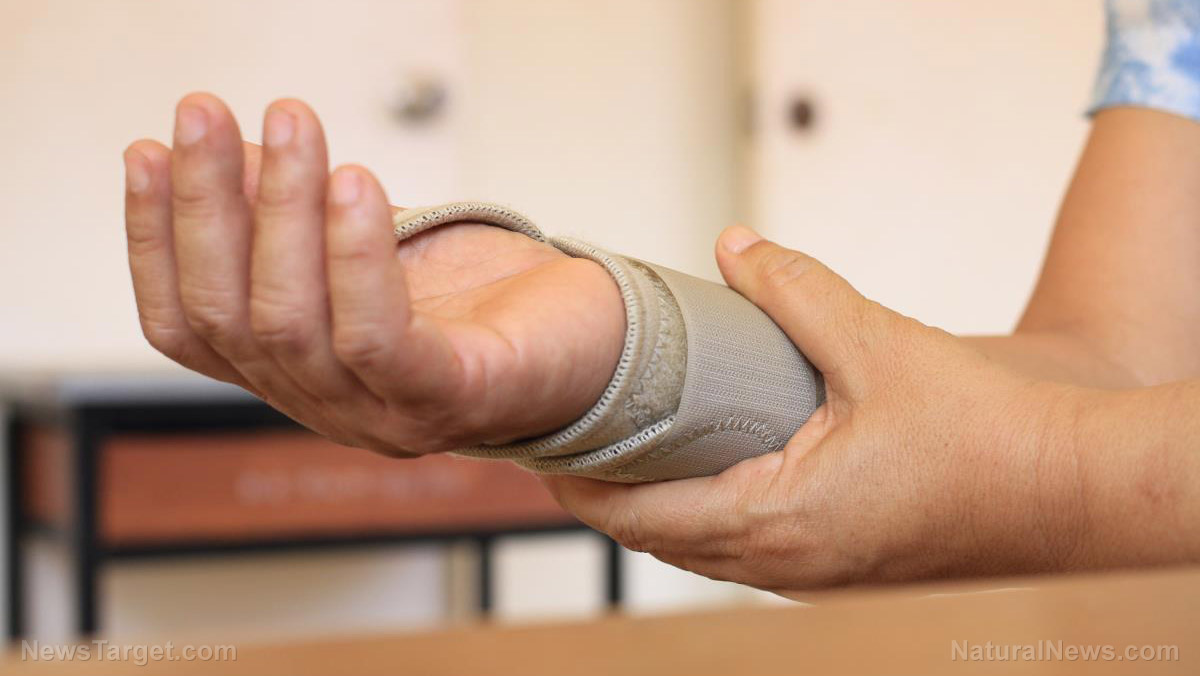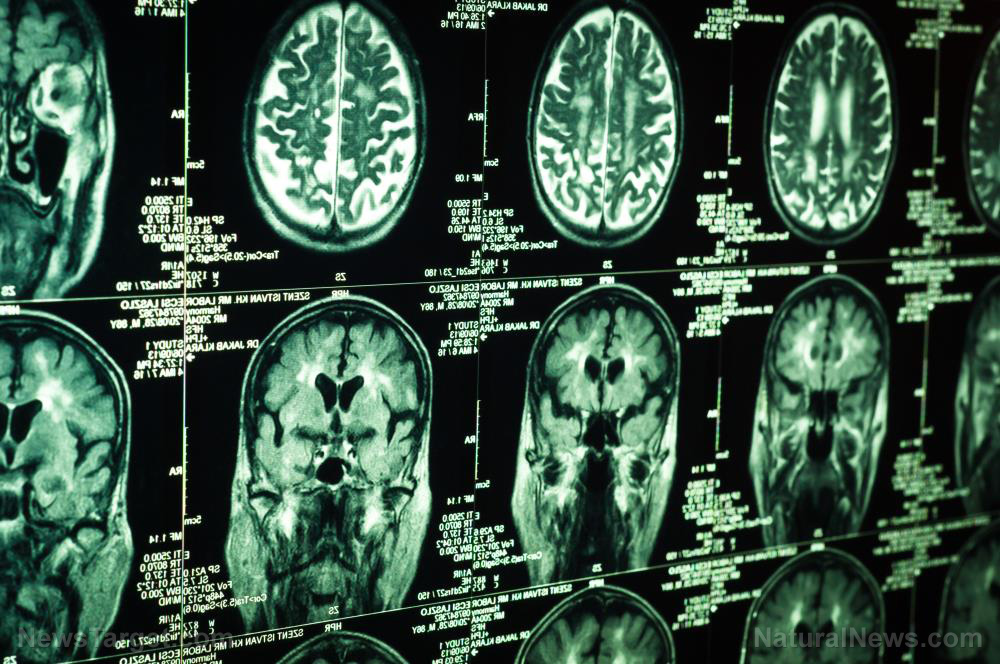Electric bandages? Researchers say they heal wounds better, faster than antibiotics
08/26/2019 / By Melissa Smith

Bandages that generate electricity have been used for a while to speed up wound healing. However, the mechanism that enables these electrical bandages to work the way they do has not been fully understood – until recently. Researchers from Ohio State University (OSU) found new clues on how they work, which could result in better wound treatment.
In their study published in the journal Scientific Reports, the Ohio State researchers found that electrical bandages, which belong to a class of therapies called electroceuticals, interrupt the formation of biofilms, which are small groups of microorganisms that can live on the surface of the skin or a wound. They are held together by extracellular polymeric substances, which are generally composed of fats and proteins, and can produce a barrier that protects bacteria from the body’s immune system or clinical treatment options, such as antibiotics. That indicates that some skin infections can linger and prevent wounds from healing even after antibiotic use. However, the researchers suggested that electrical bandages made with the right materials can break through that barrier, killing bacteria and accelerating wound healing.
The Ohio State researchers conducted the study on bacteria and biofilms in a lab to investigate the ways electroceutical bandages kill bacteria that surround a wound. To do so, they developed a new model to examine soft-tissue infections.
They used a Japanese weaving technique called habotai. The researchers silk-screened silver lines on to the silk, then attached a small device to send electricity to the biofilm. After applying the electrified bandage to the bacteria-laden biofilm in the lab, the bacteria died.
To monitor the bacteria, they used electron microscopes. Through this, they observed that electric current disrupted the biofilm enough to start killing bacteria. Moreover, they found that bacteria continued to die off two days after the electric current was turned off.
The researchers believe that the bandage and electric current produce a powerful antimicrobial chemical called hypochlorous acid. This chemical takes over and kills bacteria without affecting the healthy skin nearby.
This discovery will help scientists better understand how biofilms work. The research team hopes that their findings would help improve the design of electroceutical bandages. (Related: New “smart” bandages will dramatically cut healing time for wounds in chronic patients.)
Heal wounds faster with diet
Aside from using electroceuticals, you can also speed up wound healing by eating the right foods. Diet can make a difference in how fast a wound heals. Listed below are some key nutrients that can help heal wounds faster.
- Green leafy vegetables – Leafy greens such as kale and spinach are particularly rich in vitamin K. This vitamin plays an important role in blood clotting.
- Protein – During wound healing, you need to consume at least two to three servings of protein per day. Getting enough protein is important as it is needed both for energy and wound healing. You can get protein from foods like beans, eggs, nuts, lean meats, milk, and protein supplements. Try to get 20-30 g of protein every meal and 10-15 g of protein in two snacks every day.
- Vitamin C – Taking vitamin C can significantly accelerate the healing of your wounds, according to a study published in the journal Oral Surgery, Oral Medicine, Oral Pathology, and Oral Radiology. Broccoli, citrus fruits, kale, kiwi, mangoes, pineapple, red peppers, and strawberries are rich in vitamin C.
- Zinc – Zinc is the second most abundant trace metal found in the body and is considered important in wound healing because of its involvement in many different cellular processes. It can be found in beef, liver, and crab. Foods like almonds, sunflower seeds, peanut butter, and wheat germ also contain small amounts of zinc.
At the same time, avoid eating unhealthy foods like alcohol, soda, sugar, processed foods, and refined grains. Slow-healing wounds leave you more susceptible to infection and other complications. Even a relatively small wound can greatly affect the way your body metabolizes nutrients, as any extra protein, fats, carbohydrates, and antioxidants are being used to make new tissue. This period is called the catabolic phase, in which your body will have a greater demand for nutrients to heal wounds properly.
Sources include:
Tagged Under: alternative medicine, bandages, breakthrough, electric bandages, electroceuticals, emergency medicine, first aid, future tech, goodtech, healing, medical tech, research, treatments, Wound Healing, wound treatment
RECENT NEWS & ARTICLES
COPYRIGHT © 2017 RESEARCH NEWS


















